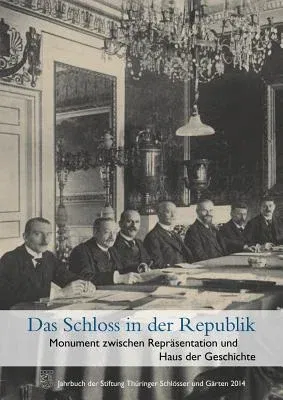English summary: The federal states that arose of the estates of the
German aristocracy organized the administration and public preservation
of formerly aristocratic buildings in various ways, which have continued
to play a role down into the present. Organized in part through a close
dependence on the old aristocratic structures, and partly reorganized at
a conscious distance from them, the castles and their inventories became
places of republican identification and culture. On the basis of
numerous examples from all over Germany, the studies in this volume
throw much needed light on the administrative, political, and
commemorative aspects of aristocratic castles from the Weimar Republic
to the recent past. The foundational period of German castle
administration, as well as the period of German division, produced
various political-commemorative strategies and uses of castles as places
of state representation under the conditions of the republic. German
description: Die aus den deutschen Konigreichen, Herzog- und
Furstentumern hervorgegangenen Lander organisierten die Verwaltung der
Bauwerke und die museale Betreuung auf unterschiedliche Weise, die
vielfach bis heute nachwirkt. Teils in enger Anlehnung an die alten
hofischen Strukturen, teils in bewusster Abgrenzung neu organisiert,
wurden die Schlosser und ihr Inventar zu Orten republikanischer
Identifikation und Bildung. Anhand zahlreicher Beispiele aus ganz
Deutschland werfen die Beitrage des Bandes Schlaglichter auf den
administrativen, politischen und denkmalpflegerischen Umgang mit
Schlossern von der Weimarer Republik bis in die jungste Vergangenheit.
Die Grundungsphase deutscher Schlosserverwaltungen kommt dabei ebenso
zur Sprache wie unterschiedliche denkmalpolitische Strategien wahrend
der Zeit der deutschen Teilung und die Nutzung von Schlossern als Orte
staatlicher Reprasentation unter den Bedingungen der Republik.

